By German Tirado, July 3, 2025
Introduction: Why Physical Availability Beats Loyalty in Local Service Marketing
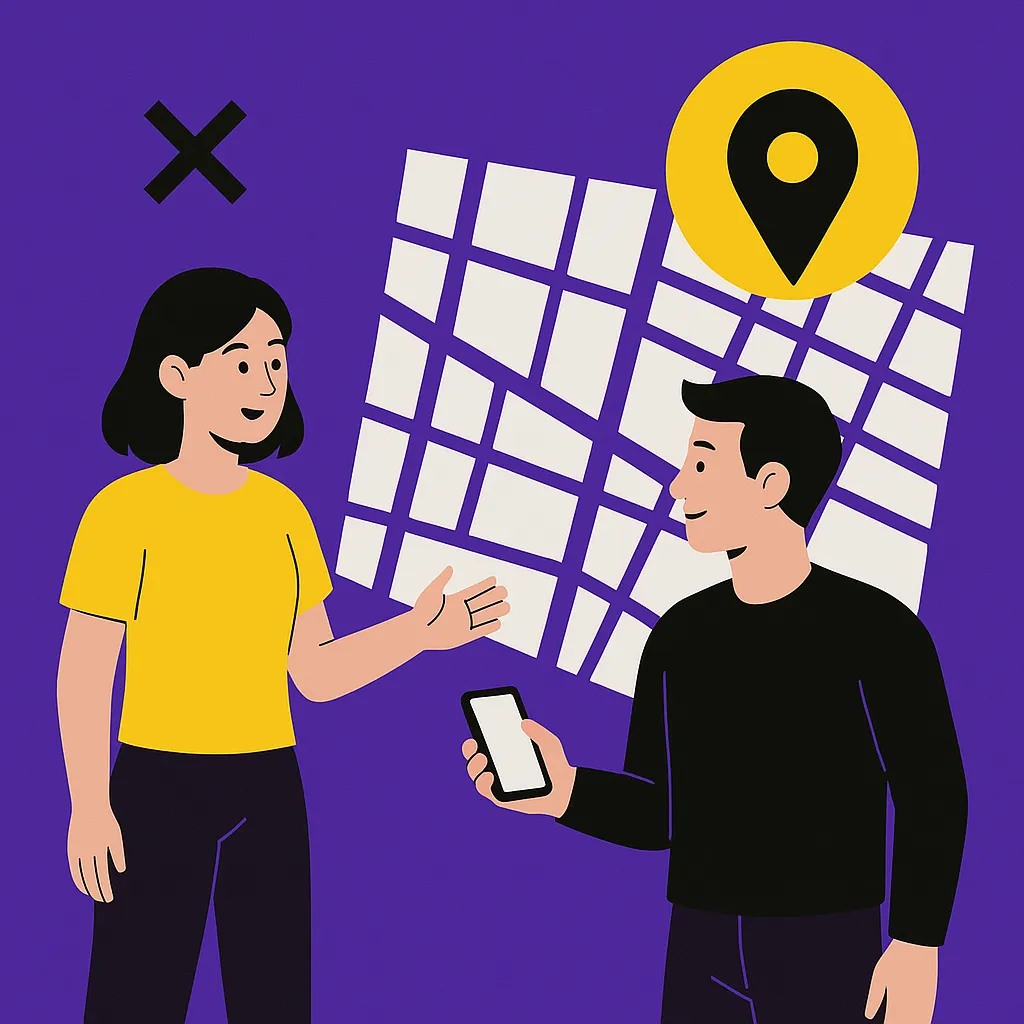
Before we dive into what Physical Availability means and why it matters so much in B2B, let’s first address why you should listen to any of this at all.
In a business world that often runs on opinion, Byron Sharp and the Ehrenberg-Bass Institute have done something rare and powerful: they’ve applied the scientific method to marketing. Their research doesn’t rely on case studies or fads. Instead, it draws from the largest global databanks of real buyer behavior ever assembled. We’re talking about millions of data points across hundreds of categories and geographies, studied for years to uncover patterns that are consistent, predictive, and replicable.
Their research has revealed empirical laws that explain how brands grow. Not guesses. Not theories. Laws. Like:
Double Jeopardy: Small brands have fewer customers and lower loyalty. Big brands win by being bought by more people, more often.
The 95-5 Rule: In B2B, just 5% of potential buyers are in-market at any one time. Marketing must reach the 95% who aren’t buying yet.
Duplication of Purchase: Customers buy from multiple brands. You share your customers with your competitors.
The Ehrenberg-Bass Institute is the most respected marketing science body in the world. Their work is used and endorsed by global firms like Google, Coca-Cola, Mars, and Amazon. And in recent years, they’ve turned their focus to B2B, confirming that these same laws apply to even the most complex and relationship-driven sectors [1], [2], [5].
So if you want growth backed by proof — not gimmicks — you’re in the right place.
B2B brands don’t grow by squeezing loyalty – they grow by being easy to find and easy to buy, wherever and whenever customers need them.
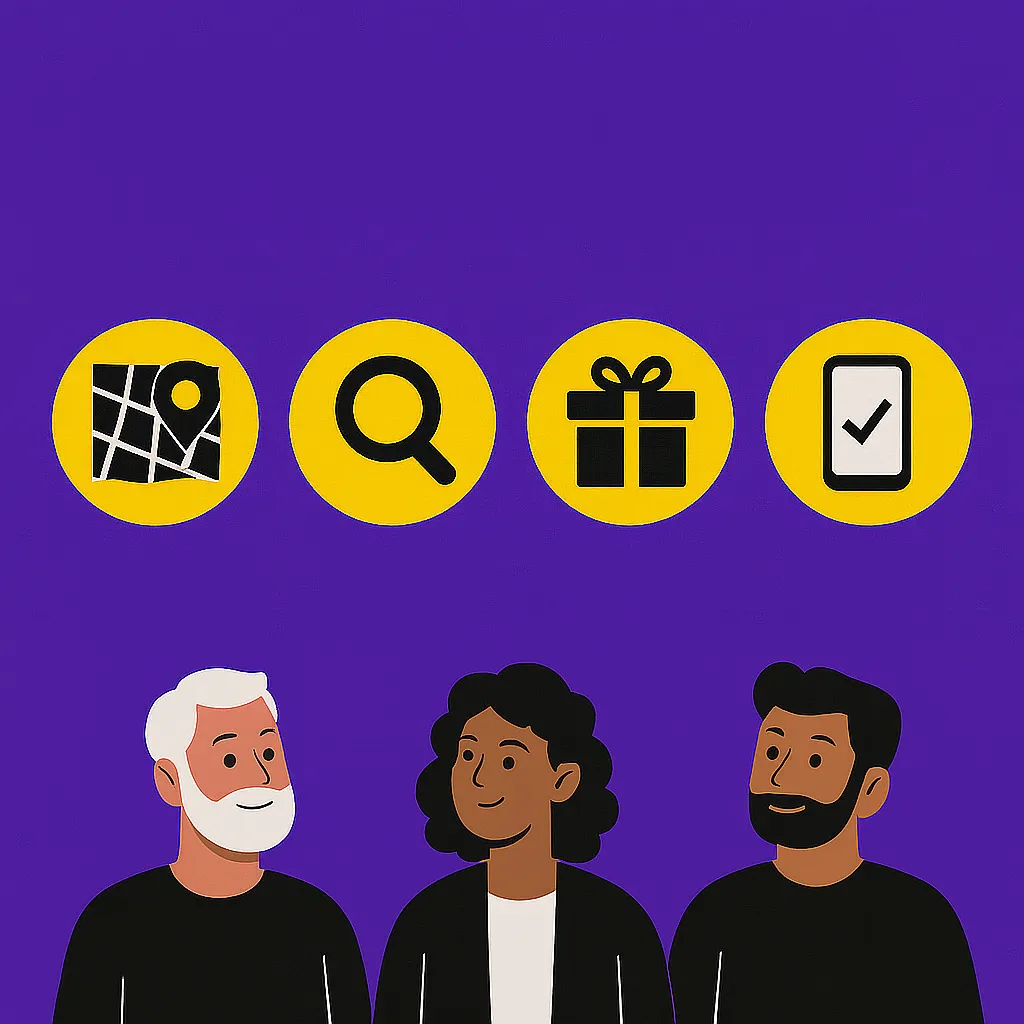
This provocative insight overturns decades of misguided B2B tactics. While many firms chase customer loyalty programs, community-building, or over-targeted ABM schemes, the data reveals a simpler path: make your service easier to buy, by more people, in more situations.
It starts with Physical Availability: ensuring your service is available in more channels, through more formats, with fewer barriers. Combine this with Mental Availability – being top of mind at relevant moments – and you have the proven formula for brand growth.
The Ehrenberg-Bass team has shown that loyalty is not a cause of growth, but a consequence. Small brands have fewer customers who buy less often. Bigger brands win by reaching more buyers, not loving their existing ones harder
What is Physical Availability (and Why It Beats Loyalty Myths)
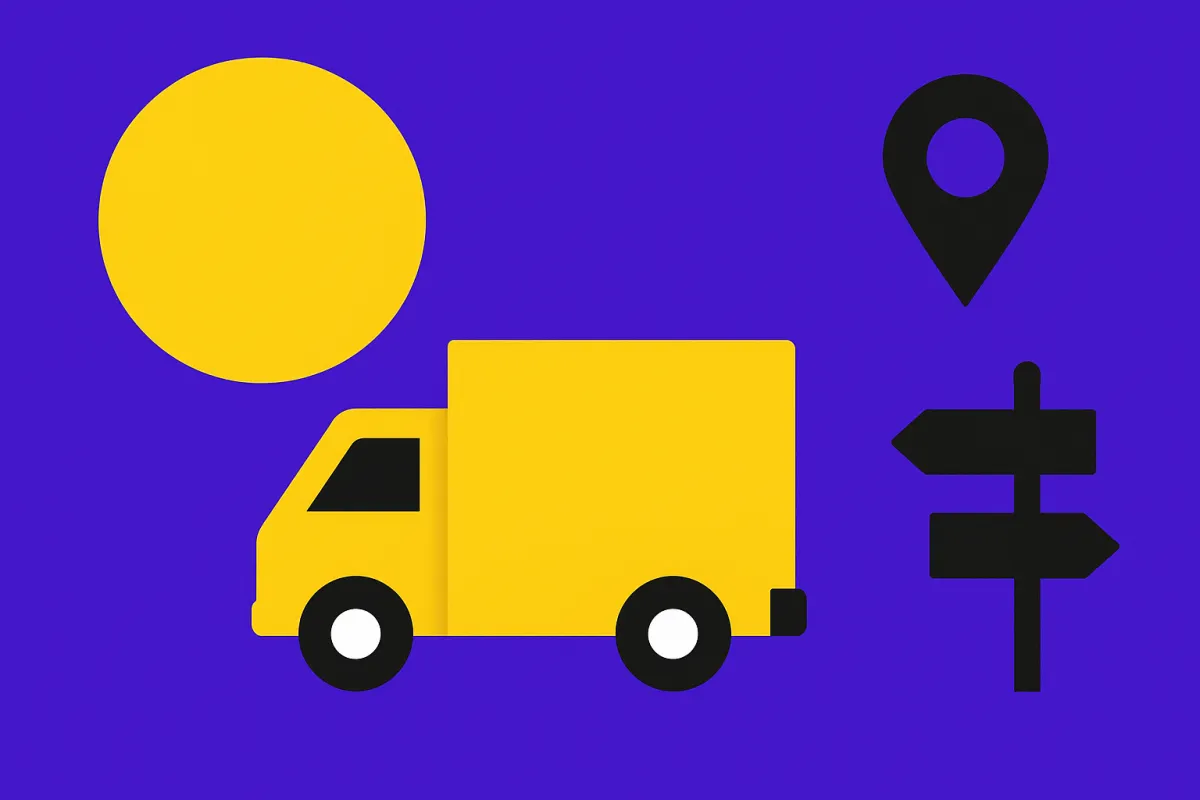
Local businesses face unique constraints:
A defined service radius (you can’t mow a lawn 300 miles away)
Smaller marketing budgets
Word-of-mouth dependence
Fragmented media and search behaviors
But these are also strengths—because the path to Physical Availability is clearer:
Fewer competitors to fight in each region
More repeat exposure through vehicles, signage, and local events
Easier to dominate a market locally than nationally
Still, too many local business owners rely on loyalty or word-of-mouth alone. They wait to be referred instead of proactively showing up across their service area. And they lose to businesses that are simply easier to think of and easier to find [1][3].
The Science Behind Physical Availability
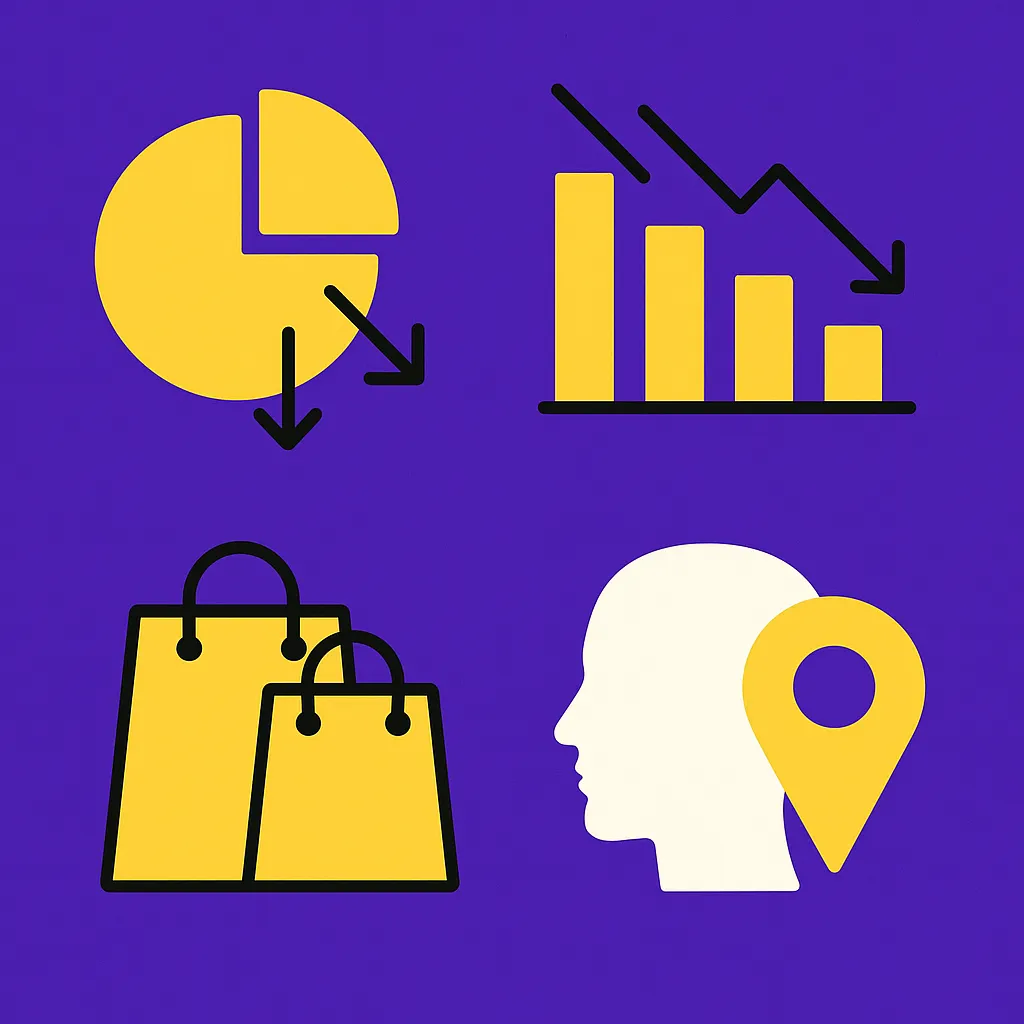
From the Ehrenberg-Bass Institute's work, there are four key scientific laws to know:
Double Jeopardy Law
Smaller brands have fewer customers, and those customers are slightly less loyal [1][3].
This means local service businesses must acquire more customers to grow. You can’t win by trying to get existing customers to buy more often. Growth = more buyers, not just better retention.
Law of Buyer Moderation
Heavy buyers often regress to the mean. Someone who buys from you 4 times this year might only buy once next year.
Don’t build your business around your “superfans.” Build it to reach all category buyers, especially the light ones.
Duplication of Purchase Law
People buy from multiple brands—even in home services. Your customers also use your competitors. That’s normal.
So your job is to make your business easier to switch to, and always available as the next best option.
Mental + Physical Availability Work Together
Mental Availability is being remembered. Physical Availability is being accessible.
You need both to win.
If someone thinks of your name but can’t find your site, book a time, or see your reviews—you lose. If you’re everywhere but nobody remembers your name—you still lose [2][4].
9 Ways Local Service Businesses Can Boost Physical Availability
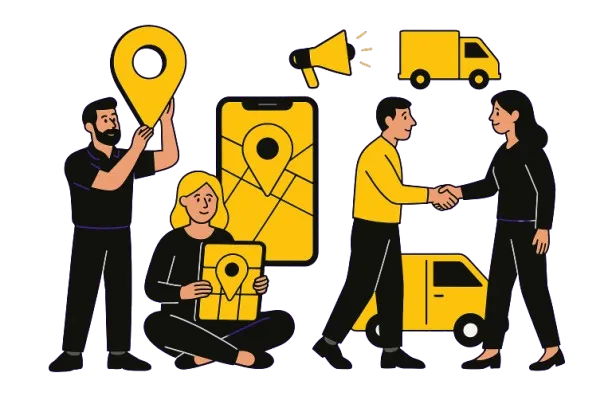
Use this anchor-linked list to jump directly to a strategy:
Be Ubiquitous in Google Maps and Local Search
Expand Service Radius Strategically
Be Available When People Are Looking
Simplify How People Can Buy
Package Services for More Buying Situations
Max Out Offline Visibility
Use Distinctive Brand Assets Consistently
Refresh Memory Links With Consistent Marketing
Partner with Other Local Businesses
Be Ubiquitous in Google Maps with a Strong Local SEO Strategy
Complete your Google Business Profile—then optimize it.
Add location keywords to services
Post photos weekly
Ask for Google reviews proactively
Respond to all reviews
Get yourself into every local directory that matters: Yelp, Angi, Facebook Local, Chamber of Commerce, etc.
Tip: If you’re not in the local 3-pack for your category, most customers won’t see you at all [5].
Expand Service Radius Strategically
Ehrenberg-Bass research shows increasing availability (e.g. more shelf space or retail outlets) increases sales [1]. In your case, it's geographic.
Identify zip codes just outside your core area
Run small ad tests or promotions in each
See if you can serve them efficiently
Even a 10% expansion in coverage can open up hundreds of new buying situations.
Be Available When People Are Looking
Need often arises outside of 9–5. Yet most local brands disappear after hours.
Offer weekend or emergency service (even if limited)
Use an answering service or AI to handle off-hours calls
Set up auto-responders with next-step instructions
If you’re the only one who picks up after 6 PM, you win the job.
Simplify How People Can Buy
Don’t make them call for every quote.
Publish transparent pricing or package tiers
Allow online booking or instant callbacks
Accept SMS, chat, DMs, and forms
If it’s easier to book your competitor, you’ve lost before you speak.
Package Services for More Buying Situations
Different buyers need different formats:
Bundles (“Gutter cleaning + roof inspection”)
Seasonal offers (“Spring HVAC Tune-up”)
Trials or one-time promos
This is the B2C equivalent of offering different pack sizes—like Coke in cans, bottles, and 2-liters [1][2].
Max Out Offline Visibility
Local customers are offline too.
Branded trucks and uniforms
Yard signs with QR codes
Flyers in local coffee shops, gyms, laundromats
Sponsorships at local events, schools, and teams
Be seen in the physical world. It builds familiarity and triggers recall later.
Use Distinctive Brand Assets Consistently
Your brand should look the same across all touchpoints:
Use the same colors, logo, and tagline online and off
Reinforce your brand sound or slogan everywhere
Make your vehicles match your website
Distinctiveness is how buyers find you in a crowd [2][4]. It’s not about being unique. It’s about being recognizable.
Refresh Memory Links With Consistent Marketing
Only a small portion of your market is ready to buy right now. Research from Ehrenberg-Bass shows about 95% of buyers are out-of-market at any given time [5].
So your advertising and content should:
Reach the whole local audience, not just “leads”
Focus on brand salience, not short-term conversion
Repeat simple messages (“Fast. Reliable. Local.”)
This builds mental availability so they think of you when their need arises [5].
Partner with Other Local Businesses
Be visible where your buyers already go:
Referral programs with realtors, property managers, gyms, vets
Leave behind cards or signage in strategic locations
If your buyers don’t come to you, show up where they already are.
Conclusion: You Can’t Grow If You’re Hard to Find (Especially in Las Vegas or Your Local Market)
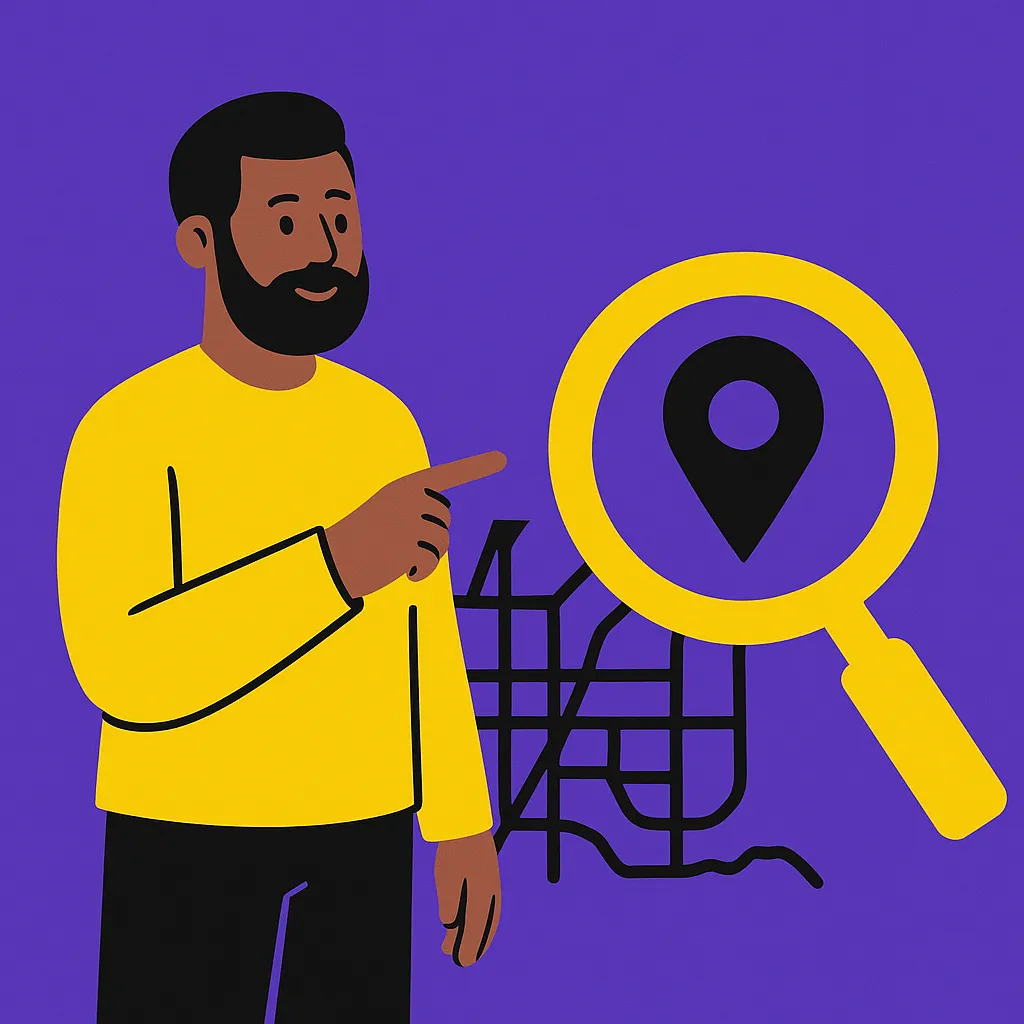
If someone in your town is searching for a plumber, a dentist, a roofer, or a house cleaner—and you don’t show up, or you make it hard to book—you lose.
Not because your service isn’t good. Not because your prices are too high. But because your Physical Availability wasn’t there.
Growth goes to the business that is easiest to think of and easiest to buy [1][3][5].
This is marketing science. It works with toothpaste. It works in telecom. And yes—it works in local services.
If you want help making your business easy to find, easy to choose, and easy to say yes to—reach out to MaxDigitalEdge.com. We help local service providers grow block by block, using real data and proven strategy.
Works cited
[1] Sharp, Byron. How Brands Grow. Oxford University Press, 2010.
[2] Romaniuk, Jenni. Building Distinctive Brand Assets. Oxford University Press, 2018.
[3] Romaniuk, Dawes & Faghidno. The Double Jeopardy Law in B2B. Ehrenberg-Bass Institute, 2021.
[4] Sharp & Romaniuk. Marketing: Theory, Evidence, and Practice. Oxford University Press, 2017.
[5] Dawes, John. Advertising Effectiveness and the 95-5 Rule: Most B2B Buyers Are Not in the Market Right Now. Ehrenberg-Bass Institute, 2021.
Address
Phone: 725-240-6870
Email : [email protected]
Address : 6440 Sky Pointe Dr. #140-341 Las Vegas, NV 89131
Artificial Intelligence
Marketing & Branding
Marketing & Branding
©2025 Max Digital Edge | All Rights Reserved
